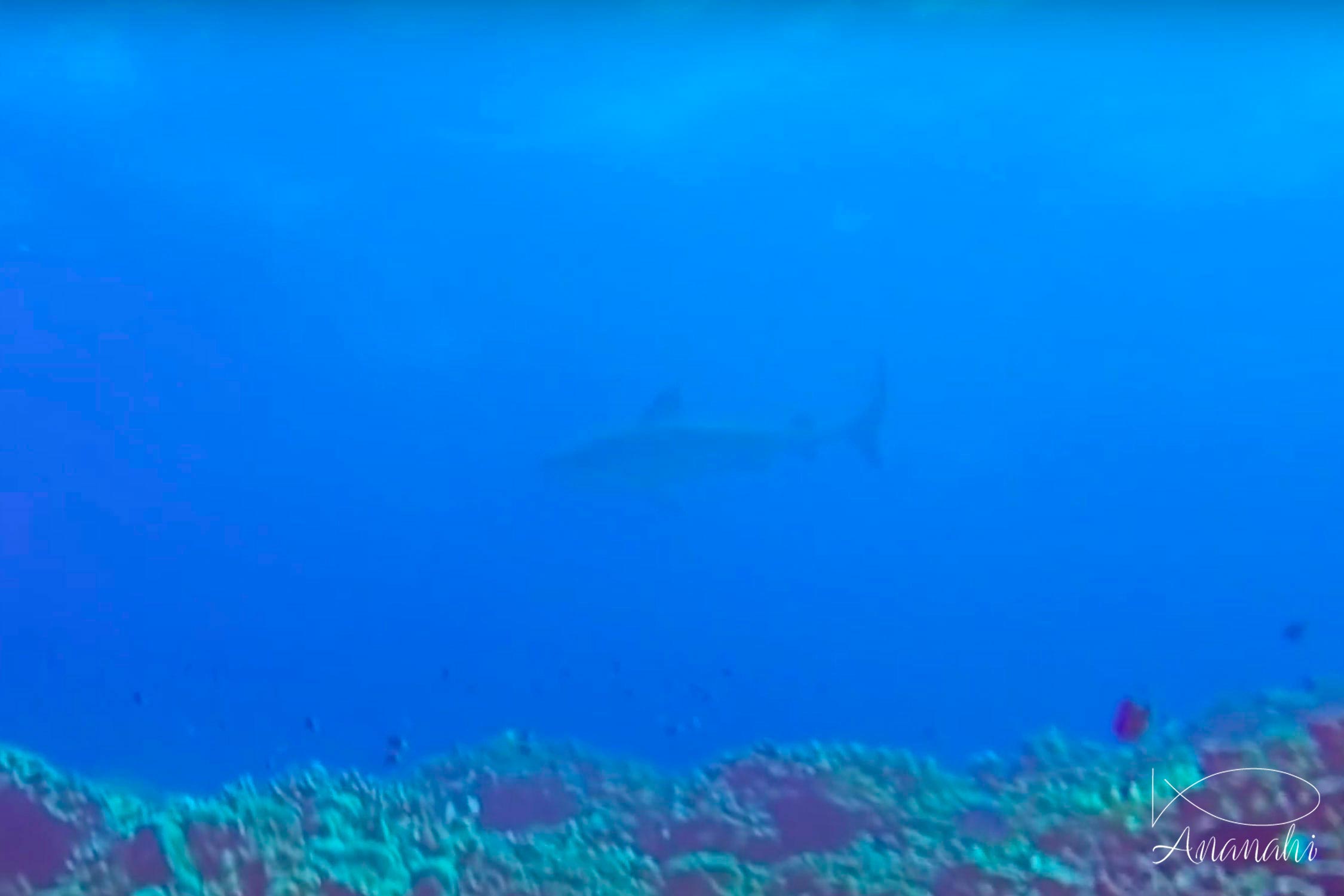
Scientific name: Galeocerdo cuvier
Size: Between 13 and 20 feet
Color: Brown gray
Distinguishing feature: Head wide and flat, muzzle short and wide mouth. Slender body, covered with marks in the form of vertical lines.
Where did we see it: French polynesia

Scientific name: Galeocerdo cuvier
Size: Between 13 and 20 feet
Color: Brown gray
Distinguishing feature: Head wide and flat, muzzle short and wide mouth. Slender body, covered with marks in the form of vertical lines.
Where did we see it: French polynesia
As for the white shark, the tiger shark attacks cetaceans. It will target sick or very young whales or dolphins.
Its diet is however very changeable, according to the place where it is: turtles, dugongs, fish, crustaceans, albatross, etc.
It is one of the sharks "dangerous" for the man, one advise to avoid going to snorkel if it is present at the sunrise or sunset.
Turtles are in economy mode when they are sleeping. If they are woken during night, they may not have enough air to return to surface.
So, please be careful during night dives!
We can hear the bull shark is very dangerous because of attacks near La Réunion island.
However, tens of them are living at 600 feet from the famous beach of Playa Del Carmen in Mexico. And there are no attacks.
Mammals have a horizontal tail.
Fishes have a vertical fin.